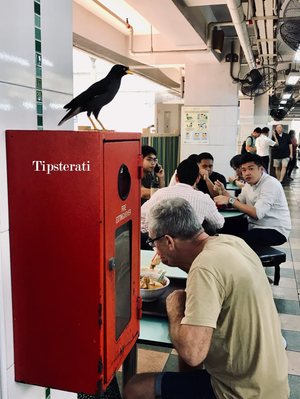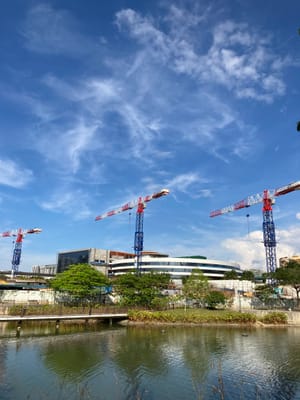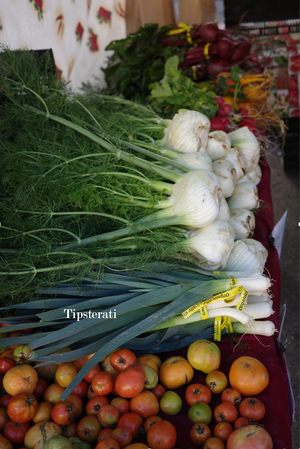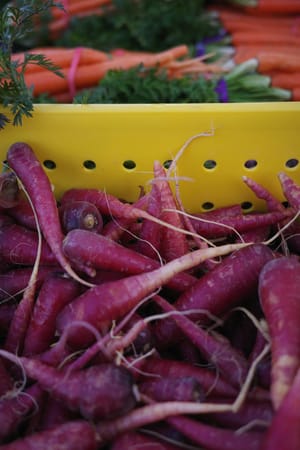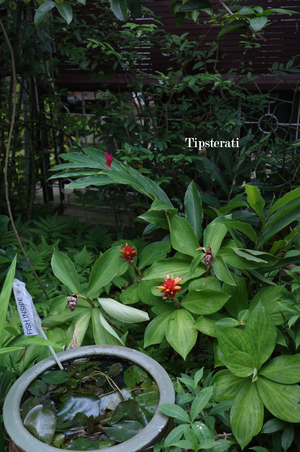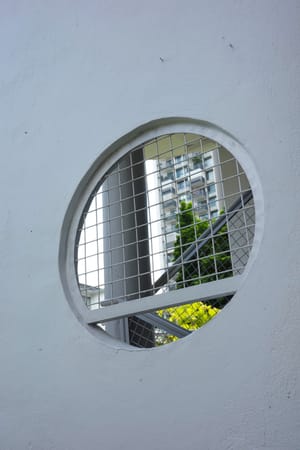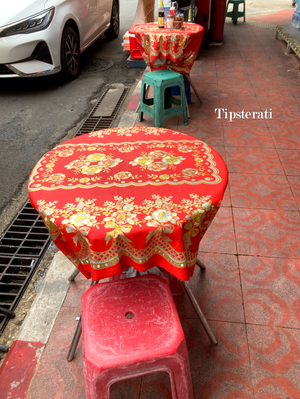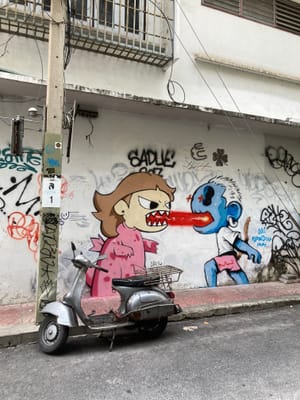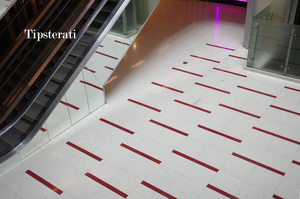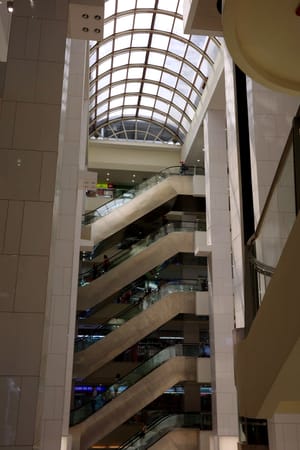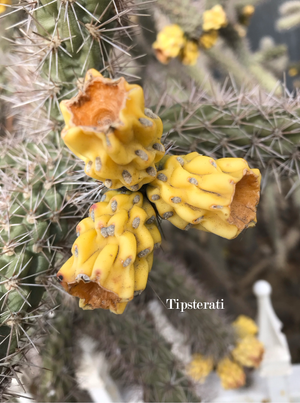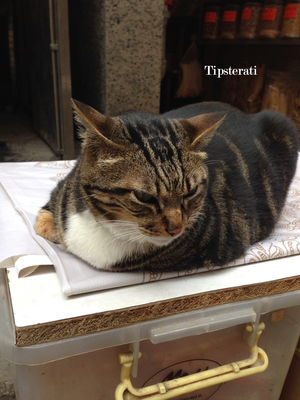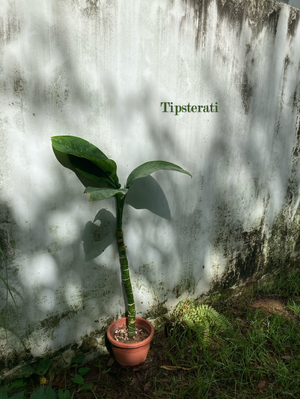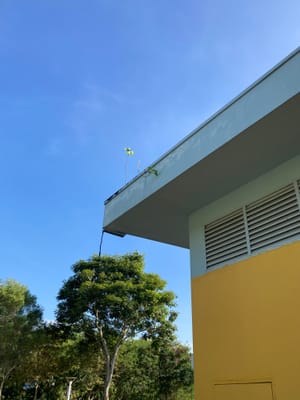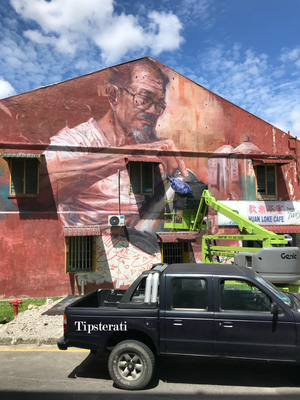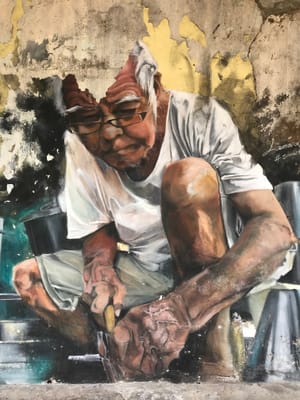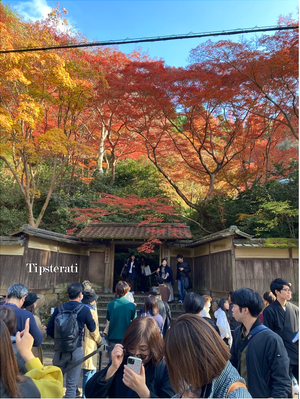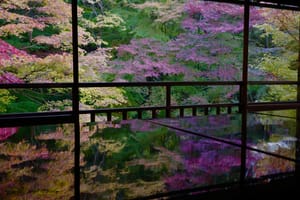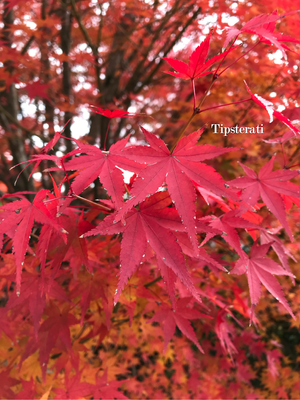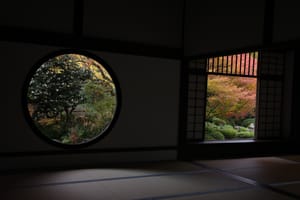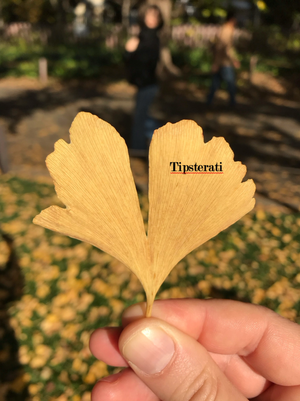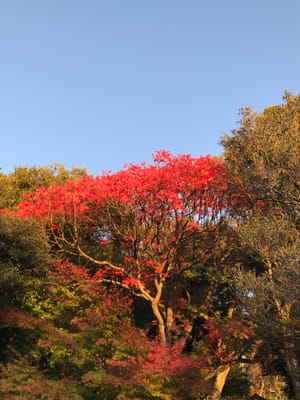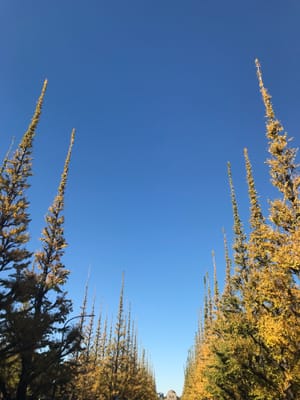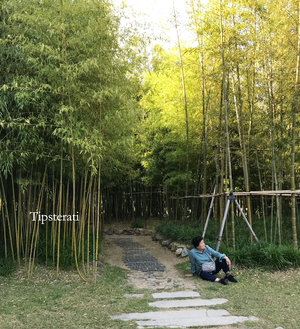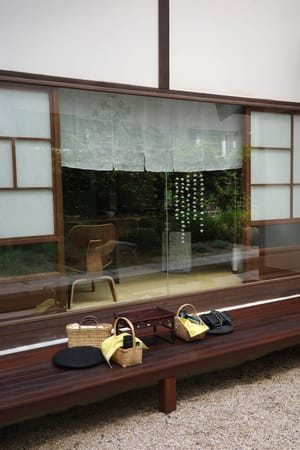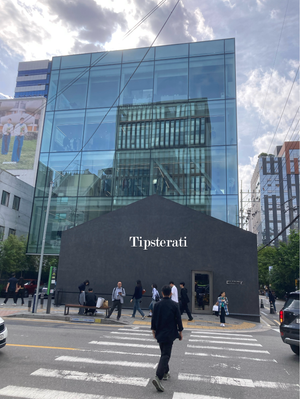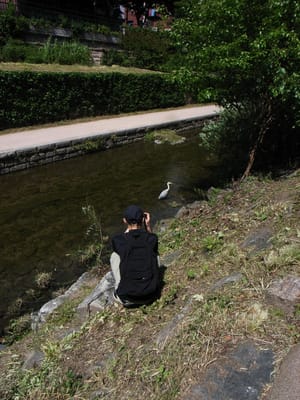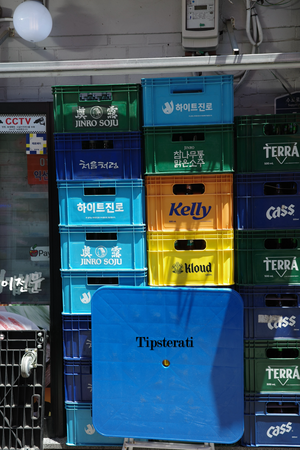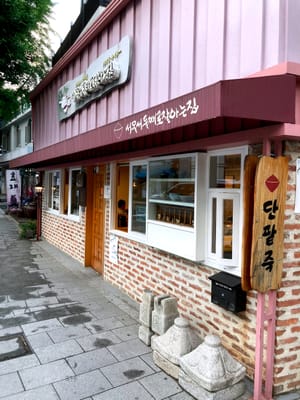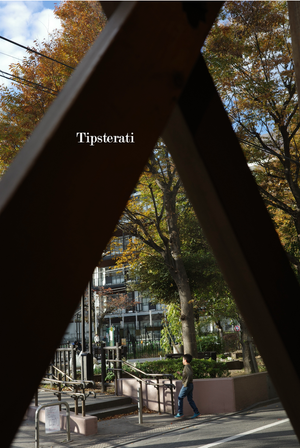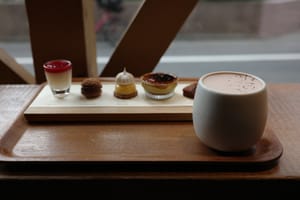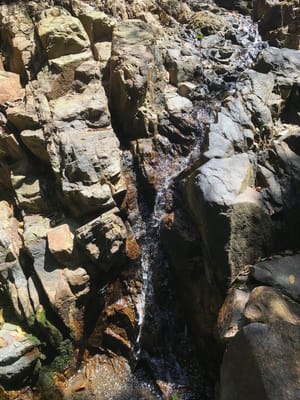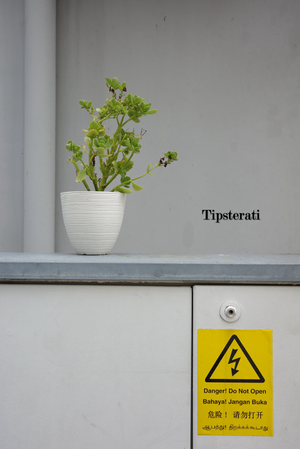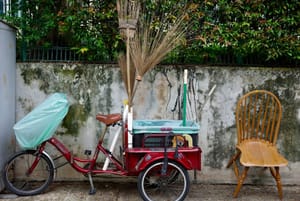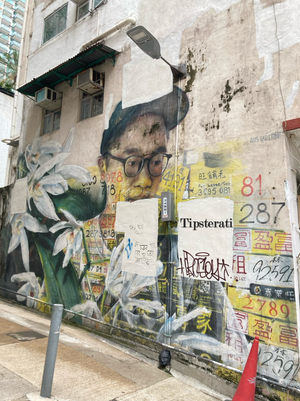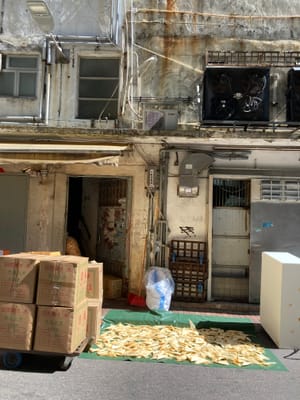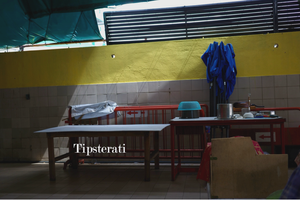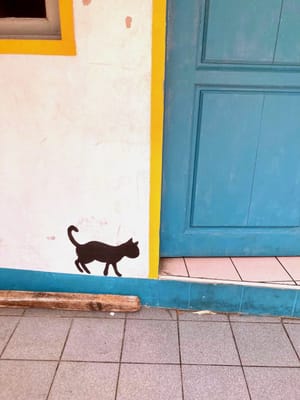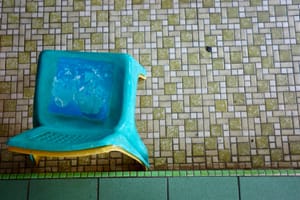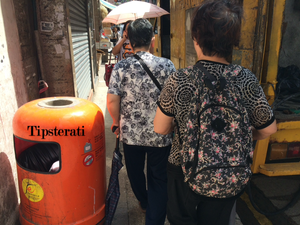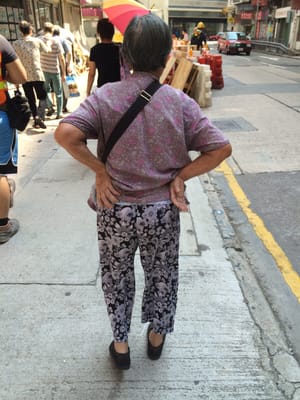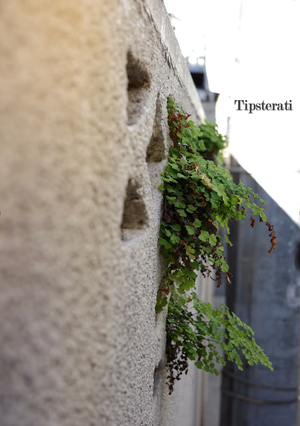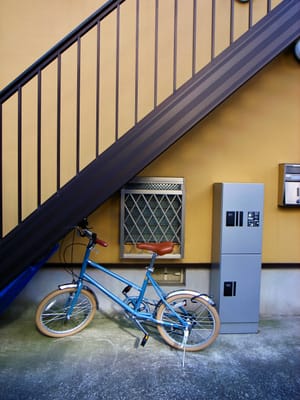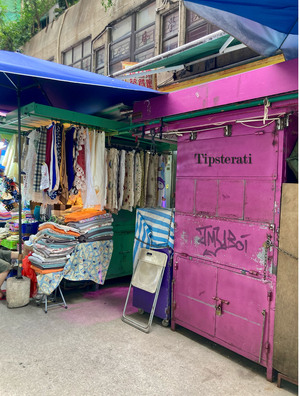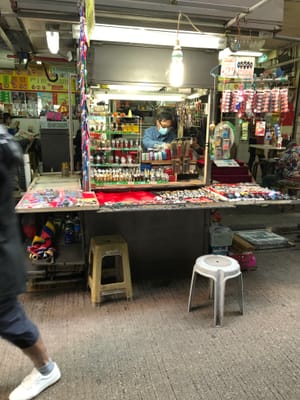
Exploring Singapore's Chinatown
Welcome to Tipsterati, the Zuihitsu newsletter where we offer you behind-the-scenes information and tips on exploring the areas we feature in our photo essays.
This is a free preview. Future issues will only be for paid subscribers.
The Chinatown MRT Exit A spits you out onto Pagoda Street and into the heart of touristic Chinatown. There are tacky souvenir stores, restaurants with al fresco seating filled with overheated visitors cooling down with a beer, and a heritage museum—an attempt to inject some history and gravitas into an area that has been turned over to the gaze and buying power of the tourist. I must admit the pre-war shophouse architecture that has been preserved here is worth admiring, but Pagoda Street (together with neighbouring Temple Street and Smith Street) is somewhat soulless to me.
Yip’s murals are largely concentrated in the alleyways that connect Pagoda Street to Temple Street and Temple Street to Smith Street. You can zigzag your way through these alleys and experience a Chinatown seen from Yip’s eyes. He has an excellent website, which has a map of where his murals are (including pieces in other areas of Singapore). You can download his map, or just wander around and surprise yourself by stumbling onto his works.
The edges of Chinatown away from this touristic centre are, to my mind, more interesting. The buildings—People’s Park Complex, Hong Lim Market and Food Centre, Chinatown Complex Market—were built in the '70s and early '80s and, compared to the charming, two-storey pre-war terraces that line Pagoda Street, they look like some of the worst examples of urban architecture that the late twentieth century has conjured up. These blocks of anonymous monoliths might seem bland, but here are the parts of Chinatown where the Singaporean lives, works, and eats. There is something real and alive here—patterns of living laid down through four to five decades that have become a way of life. These places may not look like much, but for a curious visitor, I think they do deserve exploration. Certainly, the best hawker fare in the area can be found in these locations and, if food is an interest of yours, then you should be making stops at Hong Lim Food Centre, People’s Park Food Centre, and Chinatown Complex Food Centre to check out the stalls with the longest queues. I would suggest going for lunch rather than dinner though as the best stalls tend only to do a lunchtime trade.
I know the stalls at Hong Lim Food Centre best, so here are a few of my personal favourites: Cantonese Delights; The Noodle Memories; Famous Sungei Road Trishaw Laksa
Cross South Bridge Road and wander into Club Street and Ang Siang Road and you enter gentrified Chinatown. The prewar shophouses have been lovingly restored and many have been transformed into trendy cafés, elegant restaurants, and hip bars. This is where the middle-class professional classes come to eat and play. Amoy Street, Telok Ayer Street, and Stanley Street are similar in feel. Notably Telok Ayer Street has the Thian Hock Keng temple, where on a back wall, Yip has a large mural (commissioned by the temple) depicting its origins and subsequent history.
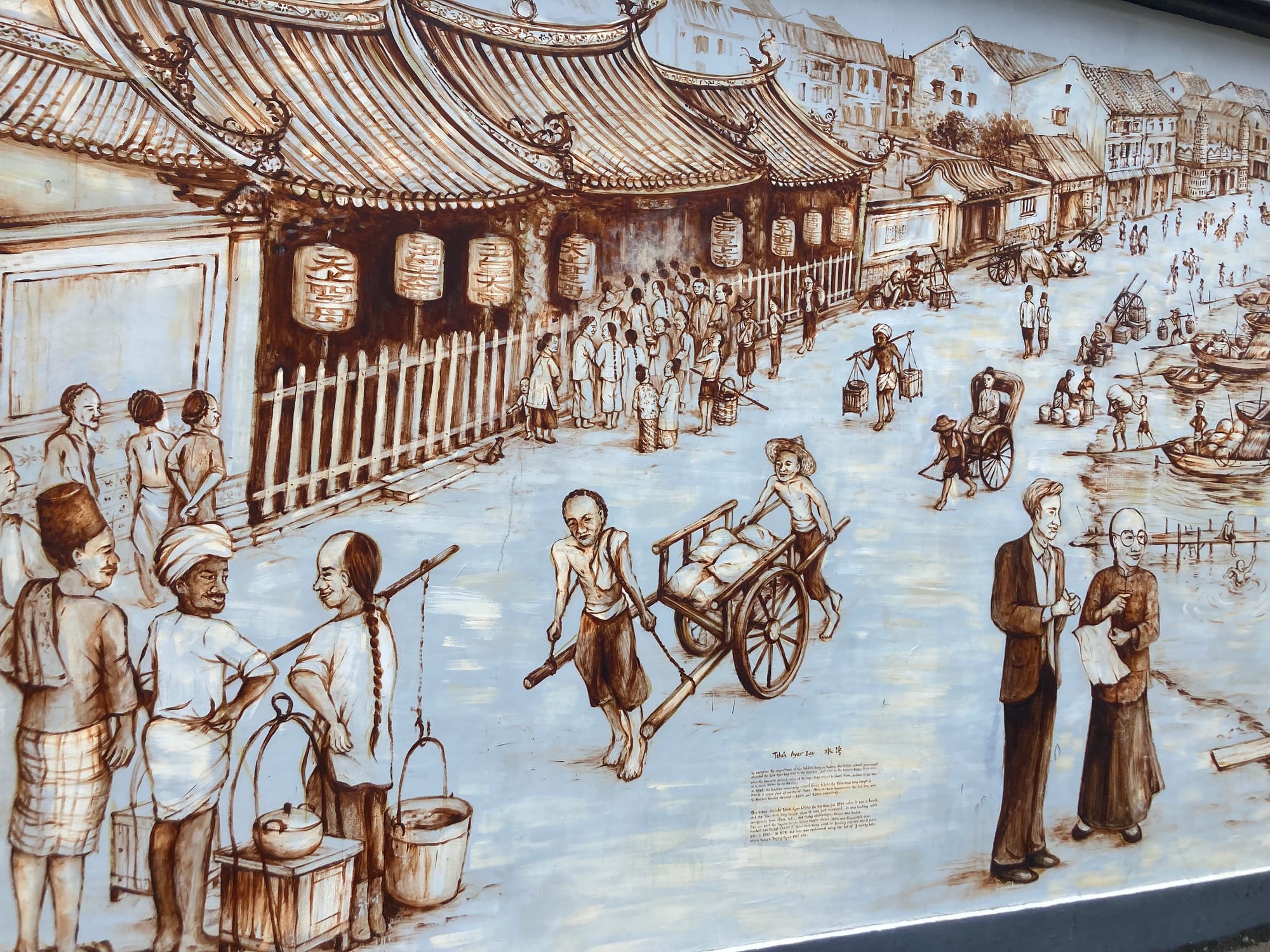
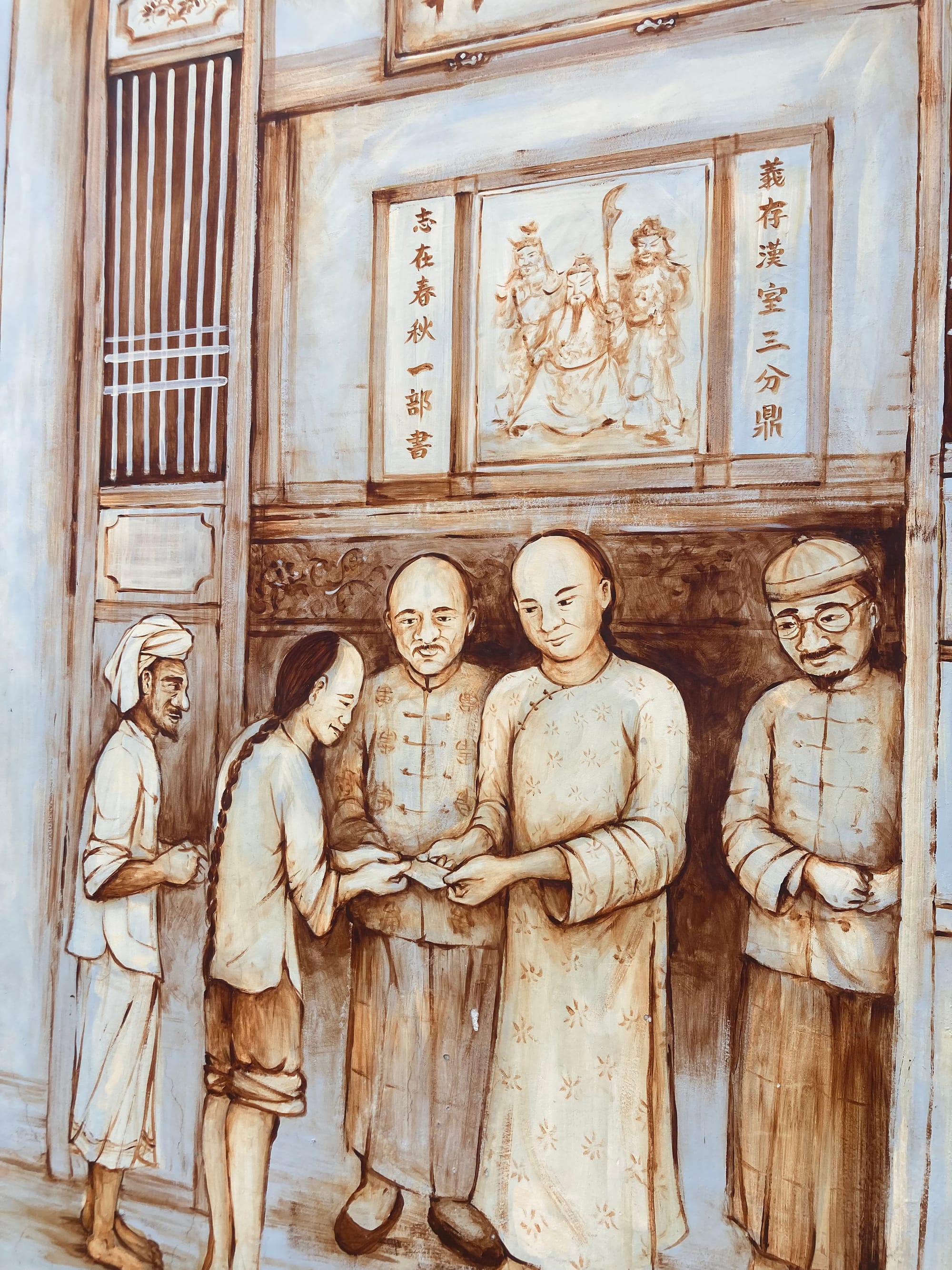
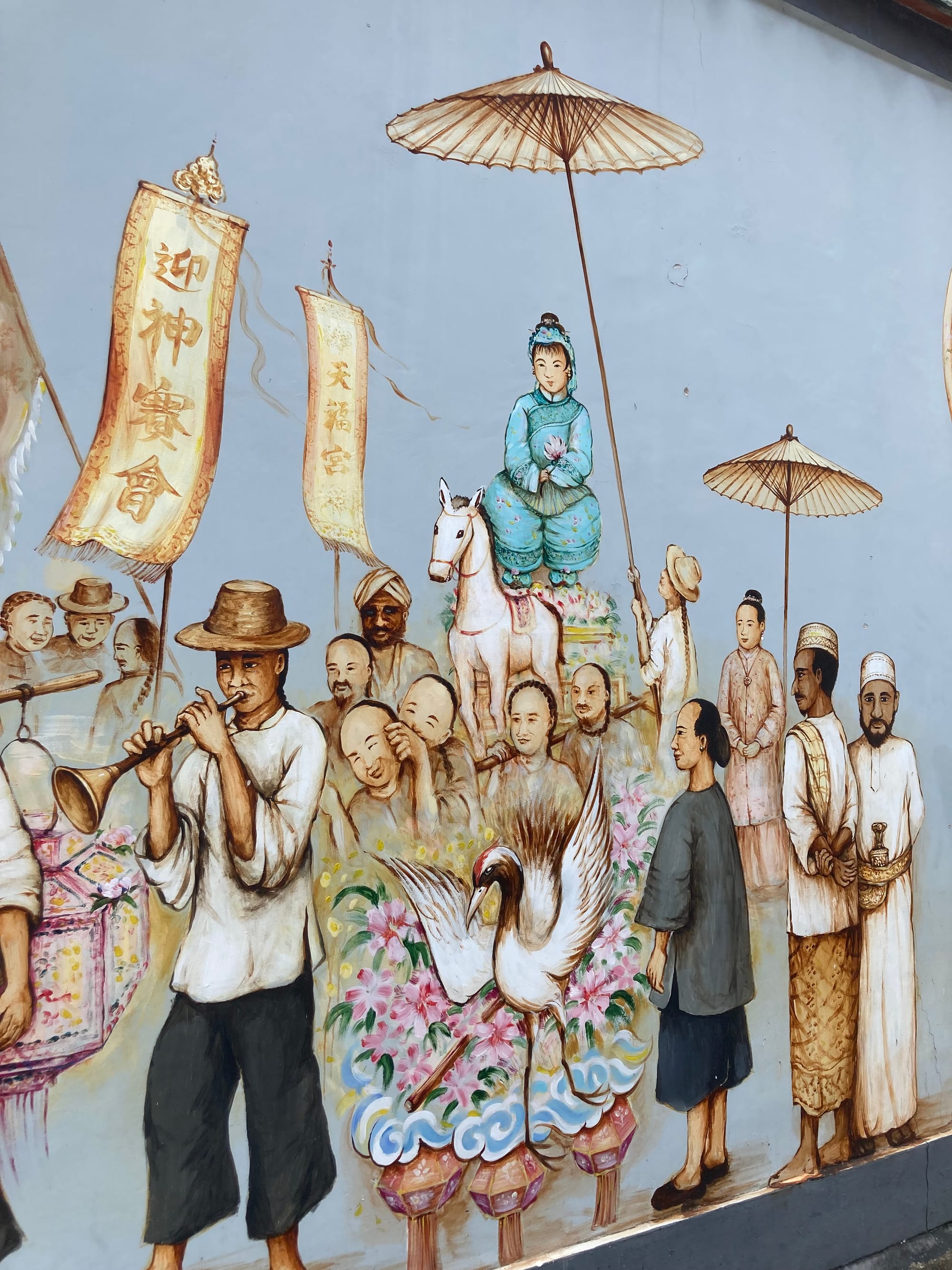
©Wendy Gan 2024
I’m never quite sure how I really feel about gentrification. I enjoy a cool café or hipster eatery as much as anyone, but when an area has become nothing more than a playground for the better-off and local residents have been pushed out, the spirit of the place suffers. For this reason, though I enjoy going to Club Street and Telok Ayer Street to dine at my favourite restaurants, for the pure pleasure of observing everyday life, I find myself returning to the fringes of Chinatown. Those built environments of the '70s and 80s are dreadful, but there is a beating heart to them.
Further Research:
Interested in knowing more about Yip? You might want to check out this book on his journey as an artist.
If you'd prefer to hear the man speak for himself, Yip was also recently interviewed on the Biblioasia+ podcast (produced by Singapore's National Library):
And, in case you were curious, my favourite restaurants on Club Street are Le Bon Funk and Cenzo. Nae:um on Telok Ayer Street is excellent too.



